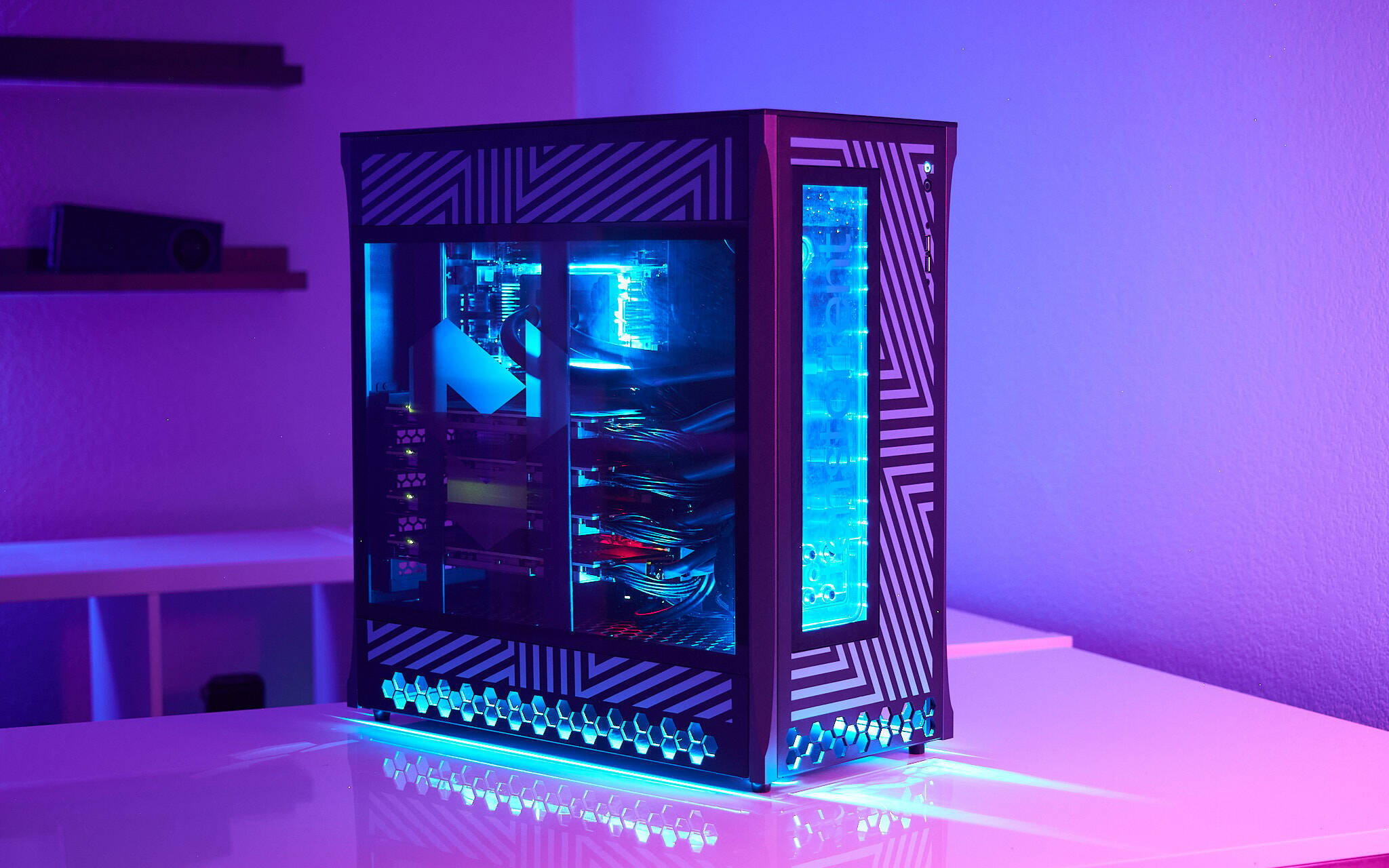
"If you're feeling a little non-conformist and want to color outside the lines, Tenstorrent parts and systems are readily available to anyone that wants them. In fact, you may be surprised to discover the company has already shipped three generations of its RISC-V-based accelerators in an effort to build momentum within the open-source community. Their philosophy is to deliver a reasonably performant accelerator that can scale efficiently"
"El Reg recently had the privilege of going hands-on with one of the startup's most powerful systems to date, an $11,999 liquid-cooled AI workstation called the Blackhole QuietBox. The 80-pound (36 kg) machine is essentially a cut-down version of the chip startup's upcoming Blackhole Galaxy servers, which are expected next year. It's designed to serve as a development platform to learn the architecture, port over existing code bases, and optimize model kernels before pushing them to a production system."
"And, because the machine uses the same chips, memory, and interconnects that you'll find in Tenstorrent's Galaxy servers, that work should theoretically scale seamlessly to the full system - something that isn't generally true of most AI workstations available today. Sure, you could toss four RTX 5000 Adas or Radeon Pro AI R9700s into a similarly equipped workstation and find yourself in the same ballpark as the QuietBox, but performance characteristics of those systems will be wildly different than the GB200 racks"
Tenstorrent ships RISC-V-based AI accelerators across three generations and promotes open-source adoption. The company focuses on reasonably performant accelerators that scale from a single card to 32-chip systems and beyond while undercutting AMD and Nvidia GPU box costs. The Blackhole QuietBox is an $11,999 liquid-cooled, 80-pound (36 kg) workstation built as a development platform to learn the architecture, port code, and optimize model kernels before production. The workstation uses the same chips, memory, and interconnects as upcoming Galaxy servers, enabling theoretical seamless scaling that many GPU-based workstations cannot provide. Nvidia has occasionally released comparable developer systems.
Read at Theregister
Unable to calculate read time
Collection
[
|
...
]